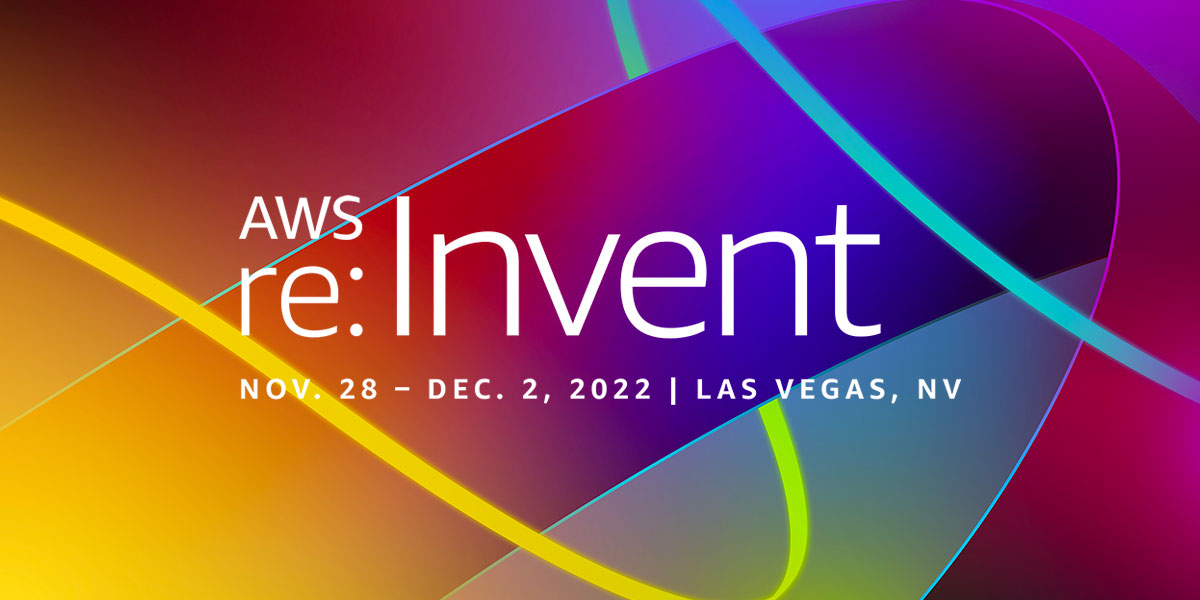AWS Public Sector Blog
Category: Aerospace & Satellite
Orbital Sidekick uses AWS to monitor energy pipelines and reduce risks and emissions
Orbital Sidekick (OSK) uses advanced satellite technology and data analytics to help the energy industry protect pipelines and make them less vulnerable to risks such as leaks, contamination, and damage caused by construction and natural disasters. OSK uses compute and analytics services from AWS to power the scalable OSK data pipeline and imagery storage solution in order to persistently monitor tens of thousands of miles of pipeline energy infrastructure and deliver real-time, actionable insights to customers.
AWS announces 2023 AWS Space Accelerator to advance global space sustainability
Now in its third year, the AWS Space Accelerator is a hybrid technical, business, and mentorship opportunity open to space startups from around the globe who are looking to power their space missions using AWS. In 2023, the AWS Space Accelerator will call on teams and resources across Amazon to help emerging startups focus on cloud-powered solutions that support the use of space as a sustainable and usable environment for years to come, as well as solutions that positively impact life on Earth. The application period for the 2023 AWS Space Accelerator opens today, with proposals due by March 6, 2023.
34 new or updated datasets on the Registry of Open Data: New data for land use, Alzheimer’s Disease, and more
The AWS Open Data Sponsorship Program makes high-value, cloud-optimized datasets publicly available on AWS. This quarter, AWS released 34 new or updated datasets from Impact Observatory, The Allen Institute for Brain Science, Common Screens, and others, which are available now on the Registry of Open Data in the following categories.
5 public sector technology predictions for 2023
As we begin the new year, the AWS worldwide public sector (WWPS) team wanted to share a few of our predictions for public sector technology in 2023. We hope these predictions will help guide and inspire you as you continue your digital transformation journey this year.
United Arab Emirates Space Agency and AWS sign agreement to support long-term growth in the region’s space ecosystem
The United Arab Emirates Space Agency and AWS have signed a Statement of Strategic Intent and Cooperation that is designed to support the creation of a vibrant, sustainable, competitive, and innovative space sector in the United Arab Emirates (UAE). AWS will collaborate with the United Arab Emirates Space Agency and related UAE government space organizations on three initiatives designed to support the Space Agency’s long-term development goals.
Calming airport data turbulence with EASE
Airports receive data from dozens of disparate sources, but this data can lack the collective unity needed to see the bigger picture. The Cincinnati Northern Kentucky International Airport (CVG) saw an opportunity to turn down the proverbial volume on their data. Using AWS, CVG created a first-of-its-kind tool using data for predictive analytics and proactive notifications, now known as Enterprise Awareness & Situational Exceptions (EASE).
Top announcements from AWS worldwide public sector partners at re:Invent 2022
My favorite part of re:Invent, this year and every year, is the opportunity it provides to hear directly from AWS Partners and customers. As always, I’m impressed by the value that partners are delivering for customers, and I’m encouraged at the opportunities ahead of us to continue innovating, simplifying, and delivering results. For any partners who weren’t able to attend on-site, I want to share what the worldwide public sector partners team is working on to better serve partners. Here are a few announcements you may have missed.
Thinking bigger about what’s possible and customer-driven innovation: re:Invent 2022 public sector leadership session with Max Peterson recap
In the public sector leadership session at re:Invent 2022, Max Peterson, vice president of AWS worldwide public sector, spoke with special guests Dr. Peggy Whitson, astronaut and director of human space flight at Axiom Space, and Matthew C. Fraser, chief technology officer (CTO) of New York City, about the rapid digital transformation in the public sector and key trends that can help build a better future. Discover the conversations, stories, news, and announcements you missed at the re:Invent 2022 public sector leadership session.
AWS successfully runs AWS compute and machine learning services on an orbiting satellite in a first-of-its kind space experiment
At re:Invent 2022, AWS announced that it successfully ran a suite of AWS compute and machine learning (ML) software on an orbiting satellite, in a first-of-its-kind space experiment. The experiment, conducted over the past 10 months in low Earth orbit (LEO), was designed to test a faster, more efficient method for customers to collect and analyze valuable space data directly on their orbiting satellites using the cloud.
Get prepared for re:Invent 2022: A public sector guide
AWS re:Invent returns to Las Vegas, Nevada for 2022, from November 28 through December 2. The annual event helps customers and partners reimagine what’s possible by learning what’s new with AWS, growing their knowledge, and getting inspired by the global cloud community. How can public sector attendees prepare for re:Invent and make the most of their experience?









